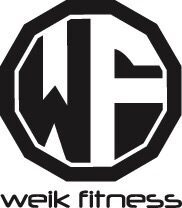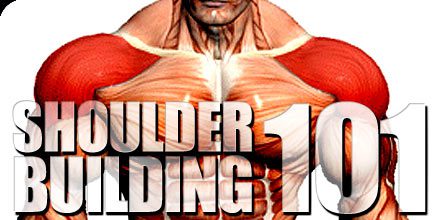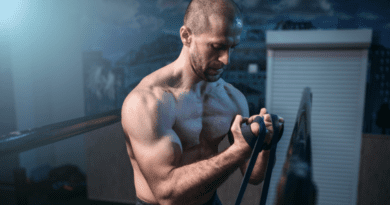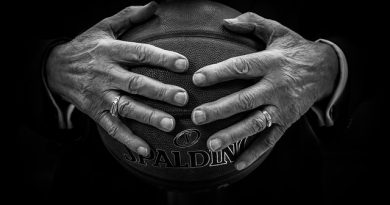Shoulder Building 101: Time to Build Those Boulders
Let’s start off by explaining the anatomy of the shoulder. It’s not very complicated and not much to it. Once you understand how these muscles work, you will find it easier to visualize during your delt workouts.
Disclaimer: This article is for informational purposes only and is not meant to treat or diagnose any condition. It is recommended that you speak with your doctor before starting any exercise program, changing your daily nutrition, or adding any supplements to your regimen.
Table of contents
Let’s Discuss the Anatomy of the Shoulder
The shoulder is the most movable joint in the body but is very unstable. The joint itself is considered a ball and socket. The ball of the shoulder is the head of the humerus. The socket portion is called the glenoid (where arthritis can form).

On top of the ball and socket is a process called the acromion (where bone spurs can form). Next to the acromion is the acromioclavicular joint, also called the AC Joint (this is a common place for separations). This ball and socket joint allows for the most range of motion out of all the joints in the body.
RELATED: The Best Shoulder Cable Workouts & Cable Shoulder Exercises
The roundness that you see at your shoulder is actually made up of 3 separate muscles or “heads”. These heads are the anterior, middle, and posterior deltoids. The deltoid is a pinnate muscle, which is where the muscle with fascicles attaches obliquely to its tendon. This allows better force production and stabilization but you lose flexibility.
Different Parts Of The Delts
Anterior Deltoid
The anterior deltoid originates on the clavicle and inserts onto the deltoid tuberosity of the humerus. The main job of the anterior deltoid is abduction when the shoulder is externally rotated, but it also assists with transverse flexion but it is not a strong movement for this part of the deltoid.
Middle Deltoid
The middle deltoid originates on the acromion and inserts onto the deltoid tuberosity of the humerus. The purpose of the middle deltoid is shoulder abduction when the shoulder is internally rotated and also assists in transverse abduction.
Posterior Deltoid
The posterior deltoid originates on the spine of the scapula and inserts onto the deltoid tuberosity of the humerus. The posterior deltoid aids in shoulder extension, external rotation, transverse abduction and also transverse extension.
Rotator Cuff
Another key component of the shoulder is the rotator cuff. This is a place for common injuries to take place due to overuse or underuse. The rotator cuff is made up of four muscles; the teres minor, infraspinatus, supraspinatus, and subscapularis. These four muscles are what aid in all overhead and rotational movements at the shoulder.
Different Shoulder Exercises
- Barbell Front Raises
- Dumbbell Front Raises
- Cable Front Raises
- Dumbbell Lateral Raises
- Cable Lateral Raises
- Bent-Over Lateral Raises
- Cable Rear Delt Reverse Fly
- Arnold Presses
- Military Presses
- Barbell Shoulder Press
- Dumbbell Shoulder Press
- Barbell Upright Rows
- Dumbbell Upright Rows
- Cable Upright Rows
Mass Building Shoulder Workouts
Workout 1
- Dumbbell Front Raises: 3×8-12
- Dumbbell Side Lateral Raises: 3×8-12
- Bent-Over Lateral Raises: 3×8-12
- Dumbbell Shoulder Press: 3×8-12
Workout 2
- Barbell Front Raises: 3×8-12
- Cable Lateral Raises: 3×8-12
- Cable Rear-Delt Reverse Fly: 3×8-12
- Military Presses: 3×8-12
Workout 3
- Cable Front Raises: 3×8-12
- Dumbbell Side Lateral Raises: 3×8-12
- Bent-Over Lateral Raises: 3×8-12
- Arnold Presses: 3×8-12
Workout 4
- Dumbbell Front Raises: 3×8-12
- Cable Lateral Raises: 3×8-12
- Cable Rear-Delt Reverse Fly: 3×8-12
- Barbell Shoulder Press: 3×8-12
Workout 5
- Cable Front Raises: 3×8-12
- Cable Side Lateral Raises: 3×8-12
- Cable Rear-Delt Reverse Fly: 3×8-12
- Arnold Presses: 3×8-12
Conclusion
When it comes down to it you want to focus on the mind-muscle connection. You should really feel each rep and feel the muscle working. If you don’t feel an exercise in your shoulders, then you are probably doing it wrong or are using a weight that you can’t handle and are using more than just your shoulders.
Most of all have fun with your workouts. If you aren’t having fun, then what’s the point?
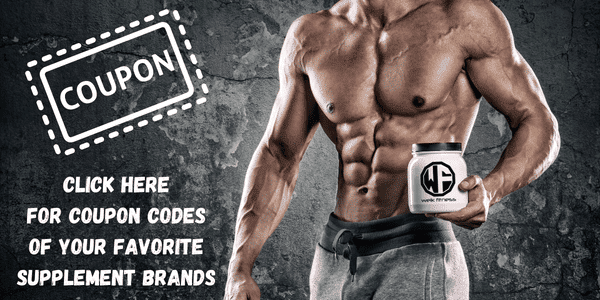

*Disclosure: This article may contain affiliate links or ads, which means we earn a small commission at no extra cost to you if you make a purchase through these links. These commissions help support the operation and maintenance of our website, allowing us to continue producing free valuable content. Your support is genuinely appreciated, whether you choose to use our links or not. Thank you for being a part of our community and enjoying our content.
PLEASE CONSIDER SHARING THIS ON YOUR SOCIAL MEDIA TO HELP OTHERS LEARN MORE ABOUT THIS TOPIC.
